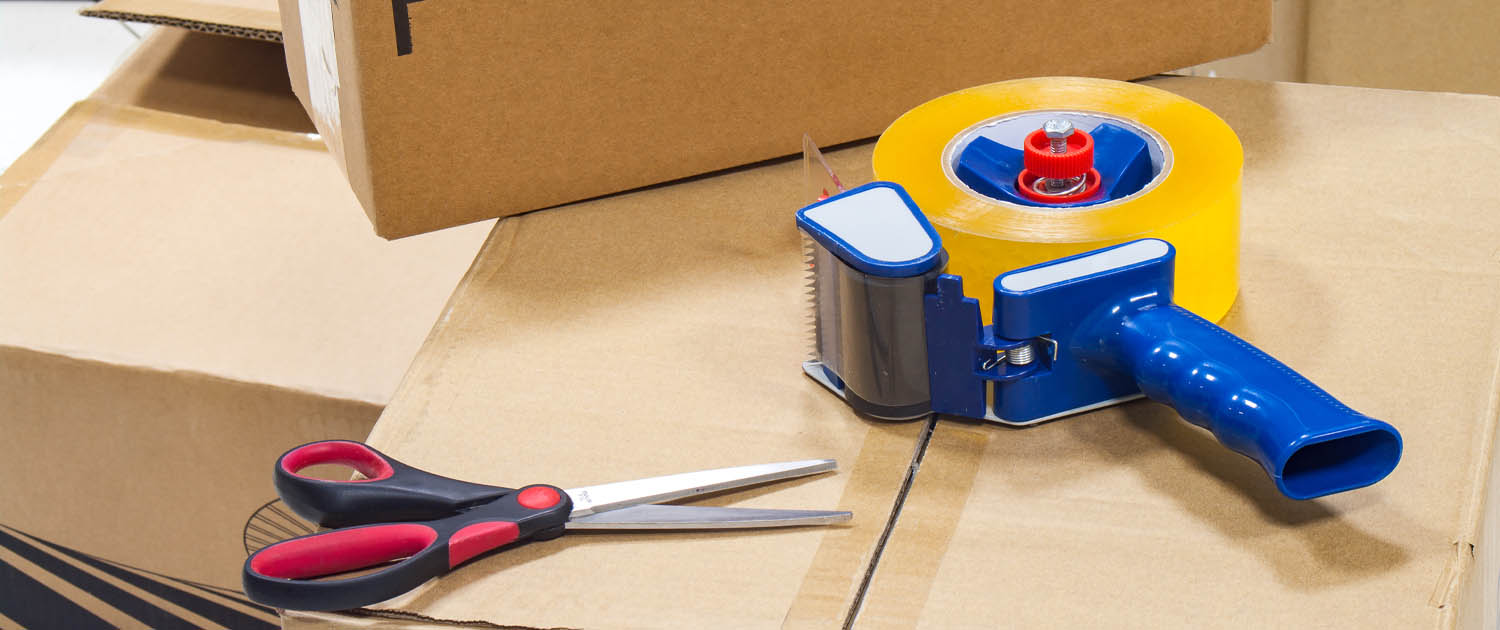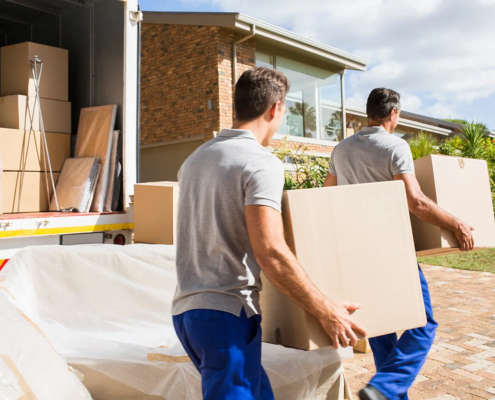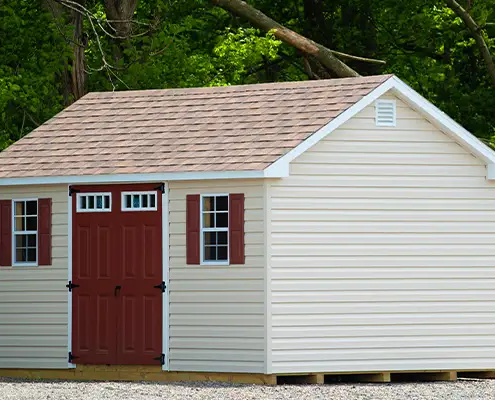How to Pack Boxes for Moving
Packing your own boxes is a great way to cut expenses on your long distance or in-town move, and it’s a pretty simple concept right? Throw the stuff into a box, tape it and label it. While that is true to an extent, there are certainly steps that you can take to significantly simplify the process and ensure damage-free transit.
Stick around for general tips and a step by step guide on how to pack boxes for moving.
Box Packing Tips
Here are some general things to keep in mind when preparing for and packing your boxes:
Estimate the number of boxes you think you will need and double it
If there is one certainty in moving, and that is that you will always have more stuff to move than you think you will. So make a conservative estimate on how many boxes you think you will need, and double it.
Start early
Start packing as early as 10 days prior to move out day. It will take longer than you think. Start only with items that you know you will not be needing anytime soon – wall art, spare bedding, storage room items, old toys, etc.
Pack everything (except your essentials)
If it will fit into a box, put it in there. This will eliminate trips to and from the moving truck, saving time and money.
Keep your essentials in a personal bag
Medication, toiletries, etc. should go into a personal bag. Also be sure to keep things such as cleaning supplies and spare toilet paper unpacked until the last minute.
Pack like items together
Pack food with food, bedding with bedding, etc. It will make packing and unpacking easier and more organized.
Use packing paper and bubble wrap for fragile items
Glassware, antiques, and anything that could crack or break should be carefully wrapped in lots of paper or bubble wrap.
Keep spillable items upright
Be sure to keep liquid items upright, primarily bathroom items without tight caps such as soap dispensers, shampoo, etc. Also label the box with an up arrow so you or your movers remember to not tip it.
Keep boxes open until final move out day
Keep boxes open for at least a few days – this allows you to add to and remove items from them if needed.
Label boxes in detail
Label boxes with as much detail as possible. Include the room name, and any specific items that are important. Also mark fragile boxes, boxes that need to stay upright, and boxes that should not be stacked on top of. Examples: “Kitchen chinaware + beer glasses. TPO (top pack only/no stack)” John’s bathroom: toiletries. Keep upright”
Box Packing – Step-By-Step Guide
Keeping the above tips and tricks in mind, here is the step-by-step guide on how to pack boxes for moving:
1. Gather your supplies
You will need an assortment of different types of moving boxes, a permanent marker, packing tape, and bubble wrap or packing paper. Remember to grab more boxes than you think that you’ll need.
2. Determine the right box for the right stuff
There are 5 main types of moving boxes – small, medium, large, dish, and wardrobe. Small boxes are for dense items such as books. Large boxes are for bulky, non-dense items such as bedding. Dish boxes are extra thick for added protection and wardrobe boxes have a hanger inside of them for hanging nice clothes.
3. Fold and tape the bottom of the box
Fold the bottom of the box so that the two outside flaps line up right next to each other. The best way to tape the box is with 3 strips. One right down the middle of the two adjacent flaps, and two additional layers on either side that slightly overlap the center piece of tape. Make sure the tape is long enough to cover at least 6 inches of the vertical parts of the box.
4. Pack the box tight
You want to pack your boxes to the brim (think Tetris). This will ensure that items do not shift and that the box does not crush when being stacked on top of. This is especially important when packing for cross country movers, because the items have more opportunity to shift and become damaged during transit.
5. Fold and tape the top
Once the box is packed flush with the top, fold and tape it shut using the same method that you used for the bottom.
6. Label it
Label the room the box came from and the materials inside of it with as much detail as possible. Bonus tip – if you plan on re-using your boxes, write on the tape to avoid marking the box up.
Conclusion
While packing a box may seem like an easy task, it can become more daunting than expected. Make sure you get enough boxes, start early enough, and follow the above steps to make packing your boxes for your next move a breeze.







